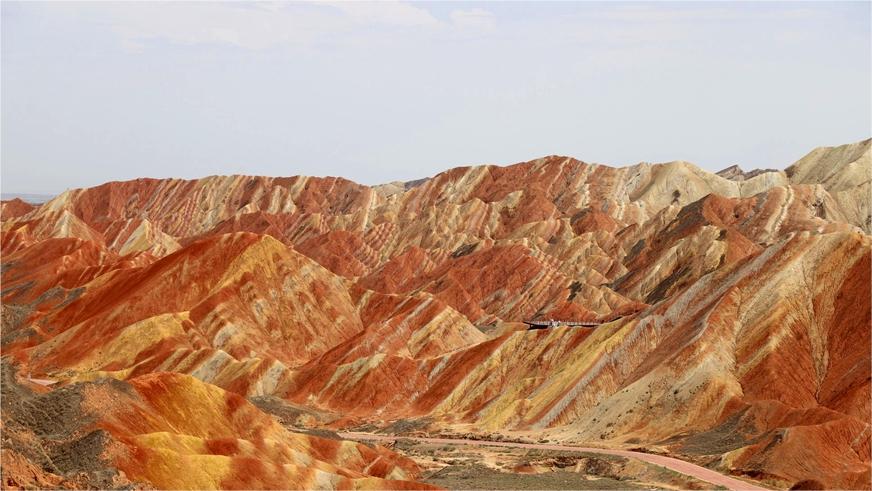Researchers find natural few-layer graphene in Chang'e-5 lunar soil samples
BEIJING, June 24 (Xinhua) -- Chinese researchers have for the first time discovered natural few-layer graphene in the lunar soil samples brought back by the Chang'e-5 mission, following observation and analysis of the samples.
The study, jointly conducted by researchers from Jilin University, the Institute of Metal Research under the Chinese Academy of Sciences, China's deep space exploration laboratory, and the Lunar Exploration and Space Program Center of the China National Space Administration, was published in the journal National Science Review.
Graphene plays an increasingly important role in extensive areas, including planetary and space science. It is estimated that graphene makes up about 1.9 percent of total interstellar carbon. The composition and structure characterization of natural graphene therefore can provide rich information on the geologic evolution of parent bodies.
Researchers used the correlative Scanning Electron Microscope/Raman technique to collect Raman spectra in several spots with relatively high carbon content in the lunar soil samples, confirming that the crystalline quality of the graphite carbon in the samples is relatively high.
They also explored and confirmed that the graphite carbon detected in the samples is few-layer graphene, reaching this conclusion through the comprehensive application of various characterization techniques, such as scanning electron microscopy, along with rigorous comparative analysis of test results from multiple perspectives.
The study offers new insights into the geological activities and evolutionary history of the moon, as well as its environmental characteristics. It also broadens understanding of the complex mineral composition of lunar soil, and provides important information and clues for the in-situ utilization of lunar resources.
In addition, researchers proposed that the formation of few-layer graphene and graphite carbon may stem from a mineral catalysis process jointly induced by the solar wind and early volcanic eruptions on the moon.
Photos
Related Stories
- China completes propulsion system test for manned lunar mission launch vehicle
- Intelligent mini rover captures photo of Chang'e-6 on far side of moon
- China's Chang'e-6 completes docking in lunar orbit with samples safely transferred
- Feature: Unfurling a flag made of "stone" on the moon
- China's Chang'e-6 lunar probe takes off from moon with first samples from lunar far side
Copyright © 2024 People's Daily Online. All Rights Reserved.









